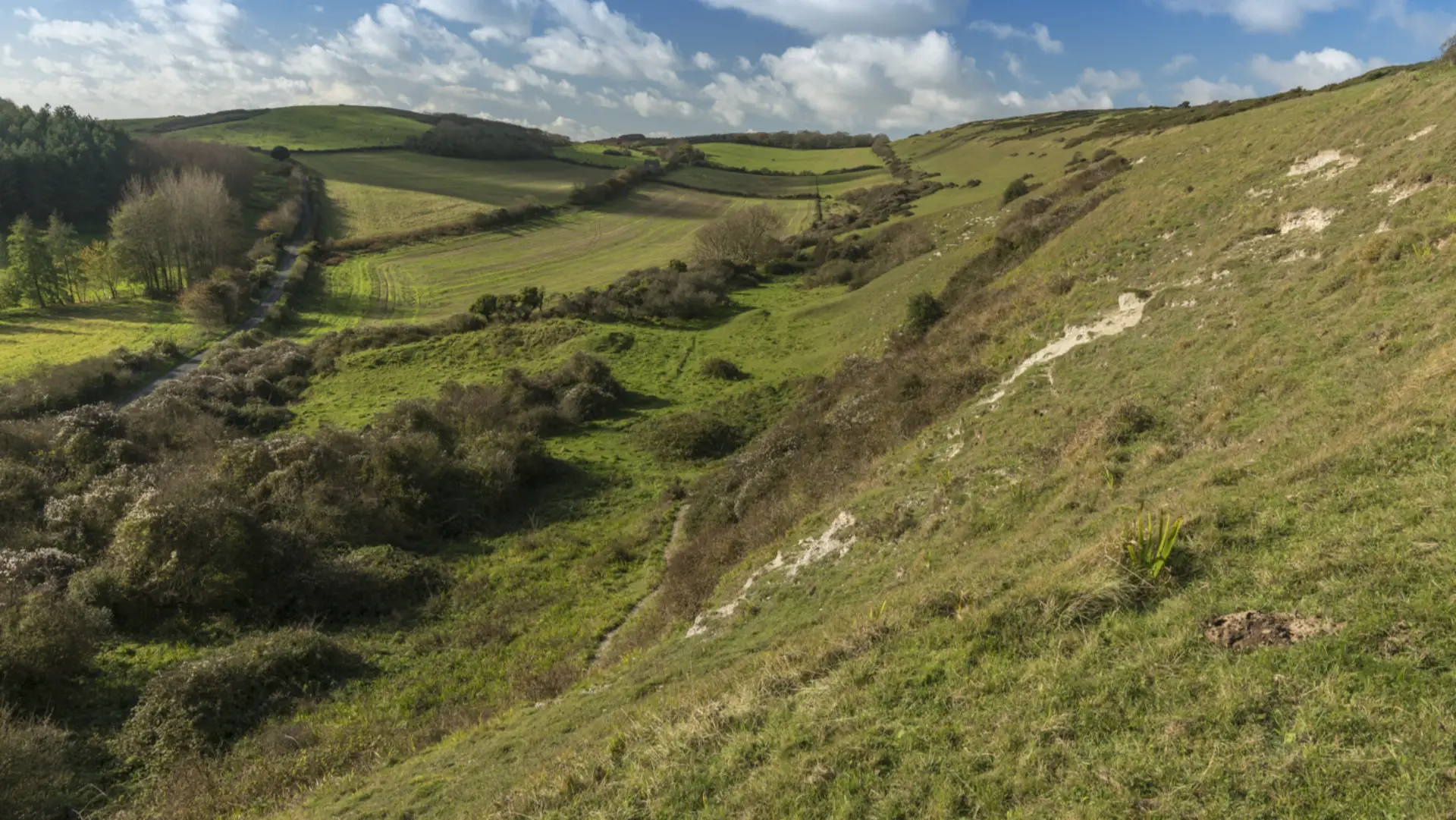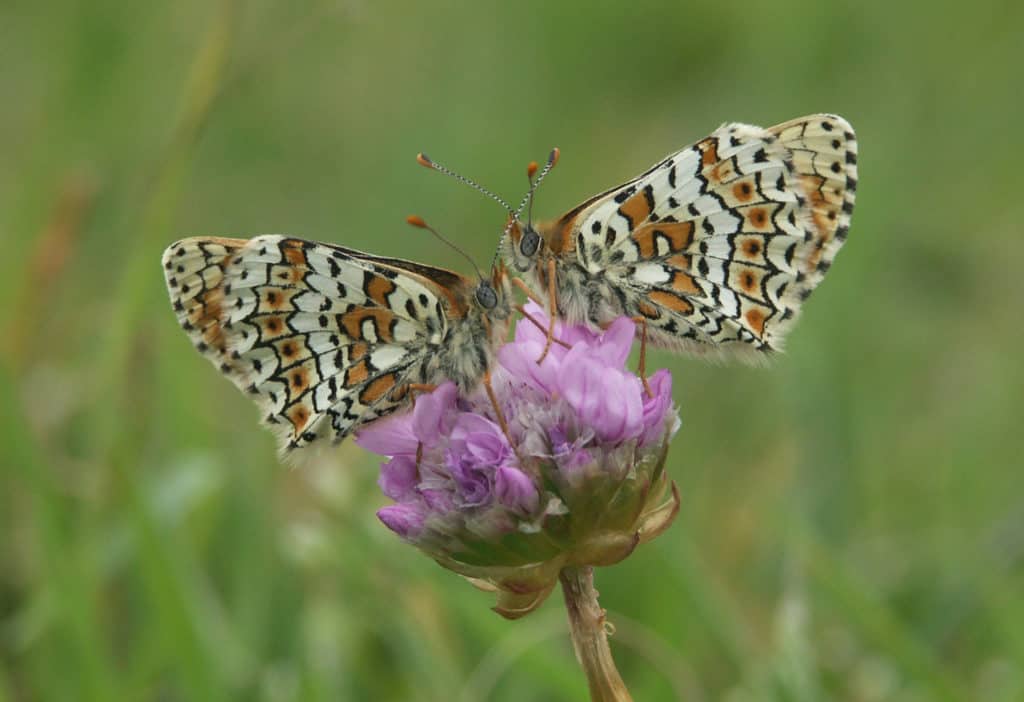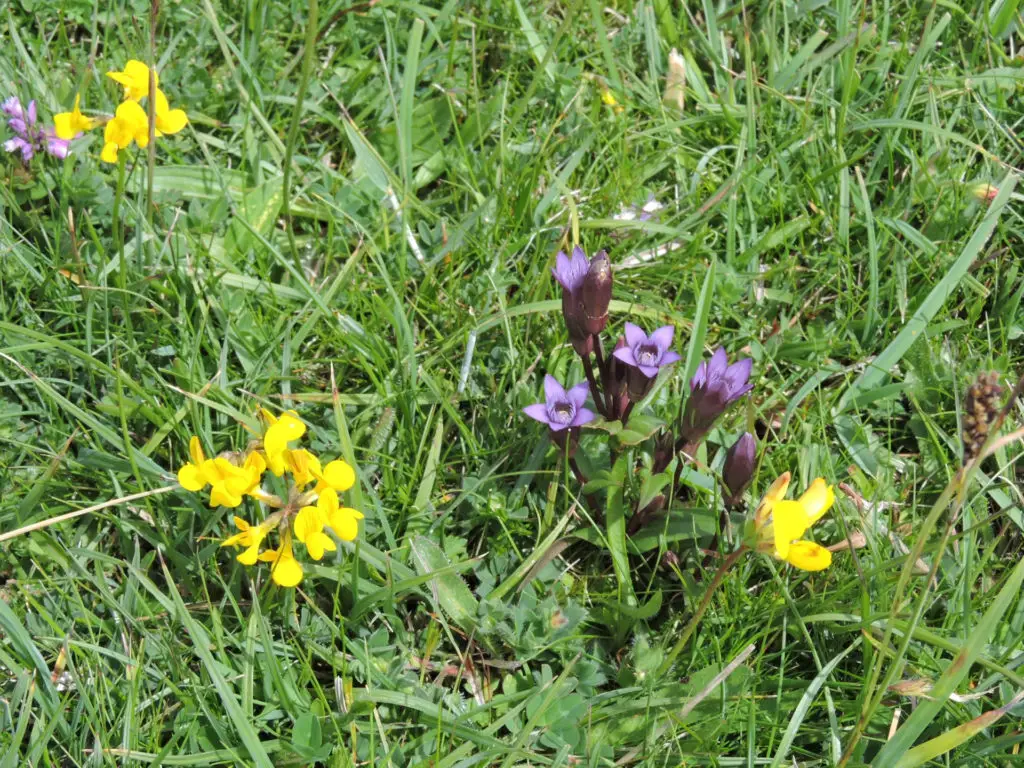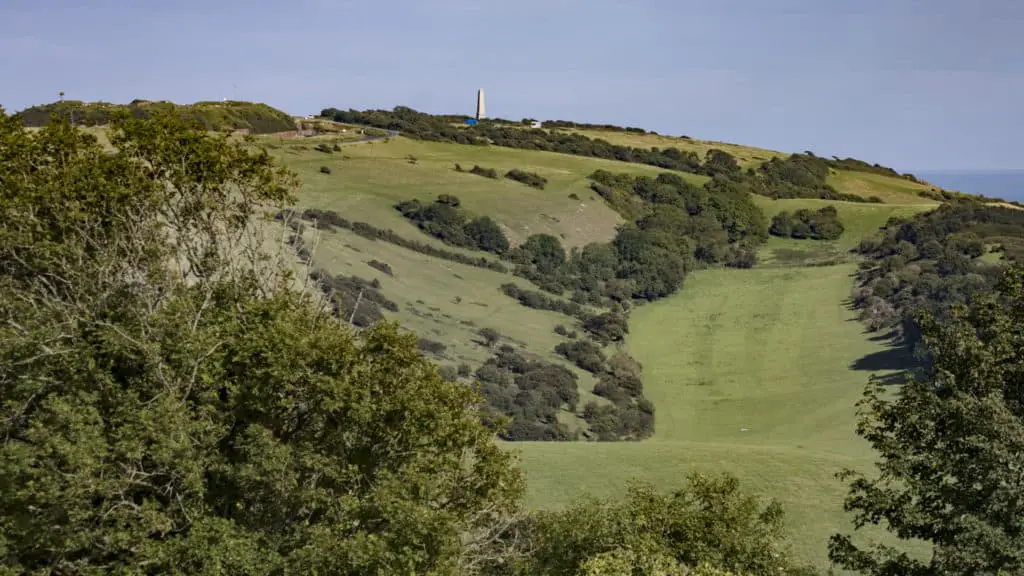Some of England’s most rare and threatened species – from the Large Marsh Grasshopper, native White-Clawed Crayfish to Lapwings and Water Voles – are to be supercharged on the road to recovery thanks to a multi-million-pound grant scheme.
63 projects across the country have today (14th September) been awarded a share of £14.5 million by Natural England to help recover 150 species nationwide.
Targeted action to recover our most endangered species
The Species Recovery Programme Grant Scheme supports targeted action to recover our most endangered species. The funding will support efforts to fine tune habitat conditions for our rarest species, and actions such as propagation, captive rearing, translocations, research and solution-trialling to find the best approaches to enable endangered wildlife to survive and thrive.
England’s wildlife is facing extreme pressures – habitat fragmentation, climate change and invasive species have created huge declines, with average species abundance falling by 52%. Numbers of the Duke of Burgundy Butterfly, for example, have declined by some 50% in the last 20 years.
White Cliffs and White Chalk Species Recovery project
The National Trust White Cliffs and White Chalk Species Recovery project will support the recovery of specialist flora and fauna in two iconic landscapes, the White Cliffs at Dover and Isle of Wight. The focus is on a diverse range of invertebrates and plants which share a number of similar requirements for targeted chalk and clifftop grassland management.
To help achieve this, there will be improved mowing, focused livestock grazing and scrub management on often difficult terrain.
The flora and fauna species being recovered includes: Early Gentian, Oxtongue Broomrape and Yarrow Broomrape plants; Potter Flower, Cliff Furrow bees; Rest Harrow, Straw Belle, White Spot and Dew Footman Moths and the Glanville Fritillary Butterfly.
Potts: Amazing biodiversity
Allison Potts, Natural England Area Manager, said,
“I’m delighted that Natural England has awarded funding to this important project. Against the backdrop of the climate and biodiversity emergencies, this type of positive targeted action for threatened species will make a big difference.
“As the amazing biodiversity of these iconic landscapes flourish under the stewardship of the project partners, residents and visitors alike will be able to enjoy seeing these rare plants and animals making their comeback.”
Lang: Ensuring the long-term survival of our most fragile wildlife
Robin Lang, National Trust Countryside Manager Isle of Wight, said,
“The Species Recovery Programme is a great opportunity for us to build on many years of habitat management on the cliff top and chalk grasslands of the Isle of Wight, and to focus on some of our rare and unsung species. This includes nationally significant populations of rarities such as the Glanville Fritillary butterfly, the Dew Moth, and plants including Yarrow and Oxtongue Broomrapes.
“With catastrophic declines in rare species over the last 80 years, it’s vital that we look after those for which the National Trust holds a significant proportion of the UK’s population. While the charity’s staff and volunteers have worked tirelessly to conserve these species from as early as 1922 when we acquired St. Boniface Down for the nation, this support from Natural England will give our management that extra push it needs to ensure the long-term survival of our most fragile wildlife. We’re looking forward to working with local volunteers over the next 18 months in continuing to care for these landscapes.”
A competitive application round
The money has been awarded following a competitive application round, and will be used by environmental charities, wildlife organisations, local authorities and charities in projects across the country.
The projects will help deliver the Nature Recovery Network, creating, improving and connecting more wildlife-rich areas benefitting people and helping species to thrive.
Benefits of accessing the natural world
The projects will also provide new opportunities for people to experience the wellbeing benefits of accessing the natural world, and help build resilience to climate change, while sustaining the vital ecosystems that provide us with healthy soil, clean air and water.

Improving strongholds for wildlife and investing in long-term species recovery will help achieve the government’s pledge to reduce the species extinction by 2042 compared to 2022 levels, restore more than 500,000 hectares of wildlife habitat, and increase species abundance as set out in the Environmental Improvement Plan.
News shared by SE Environmental Agency, in their own words. Ed









